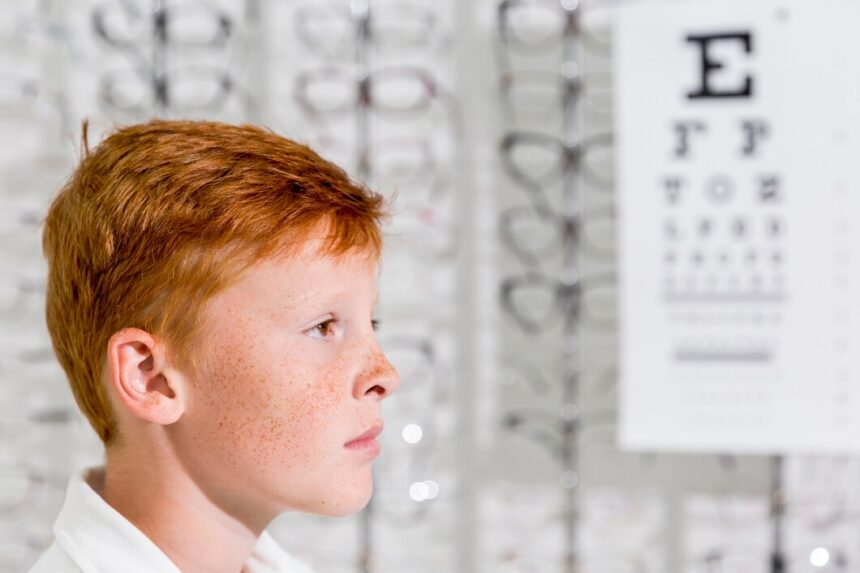Amblyopia, commonly known as lazy eye, is a visual impairment that occurs when one eye develops poor vision compared to the other, often due to a lack of visual stimulation during early childhood. This condition typically arises when the brain favors one eye over the other, leading to decreased vision in the weaker eye. Recognizing the signs of amblyopia early is crucial for effective treatment and preventing long-term vision problems. Here are some common signs to watch for:
1. Poor Depth Perception
Children with amblyopia may struggle with depth perception, making it difficult to judge distances accurately. This can affect their ability to engage in activities that require hand-eye coordination, such as catching a ball or riding a bike.
2. Squinting or Closing One Eye
A child with amblyopia may squint or frequently close one eye to see better. This behavior often indicates that they are attempting to avoid double vision or discomfort caused by the weaker eye.
3. Tilting the Head
Children with amblyopia might tilt their heads in an unusual way when trying to focus on objects. This adjustment can help them see more clearly with their stronger eye, compensating for the lack of clarity in the affected eye.
4. Difficulty with Eye Tracking
Amblyopia can affect a child’s ability to follow moving objects with their eyes. They may have trouble tracking a moving ball or reading across a page, leading to frustration and avoidance of activities that require such skills.
5. Frequent Complaints of Eye Discomfort
Children with lazy eye may express discomfort, such as headaches or tiredness, particularly after activities that require visual concentration. They might mention that their eyes feel strained or that they experience blurred vision.
6. Misalignment of the Eyes
In some cases, amblyopia can be associated with strabismus, a condition where the eyes are misaligned. This misalignment may be noticeable, with one eye appearing to drift inward or outward while the other remains focused.
7. Limited Vision in One Eye
Children with amblyopia may have significantly reduced vision in the affected eye, which might not improve with glasses or contact lenses. They may also rely more on their stronger eye for tasks such as reading or playing.
8. Behavioral Signs
A child may display behavioral signs of amblyopia, such as avoiding activities that require detailed vision or showing frustration during tasks that involve visual skills. They might also seem uninterested in games that require visual coordination.
Amblyopia is a treatable condition, but early detection is essential for effective management. If you notice any of these signs in your child, it’s important to consult an eye care professional for a comprehensive eye exam. Treatment options, which may include corrective lenses, patching therapy, or vision therapy, can help improve vision in the affected eye and enhance overall visual function. Timely intervention can lead to better outcomes and help your child achieve their full visual potential.










